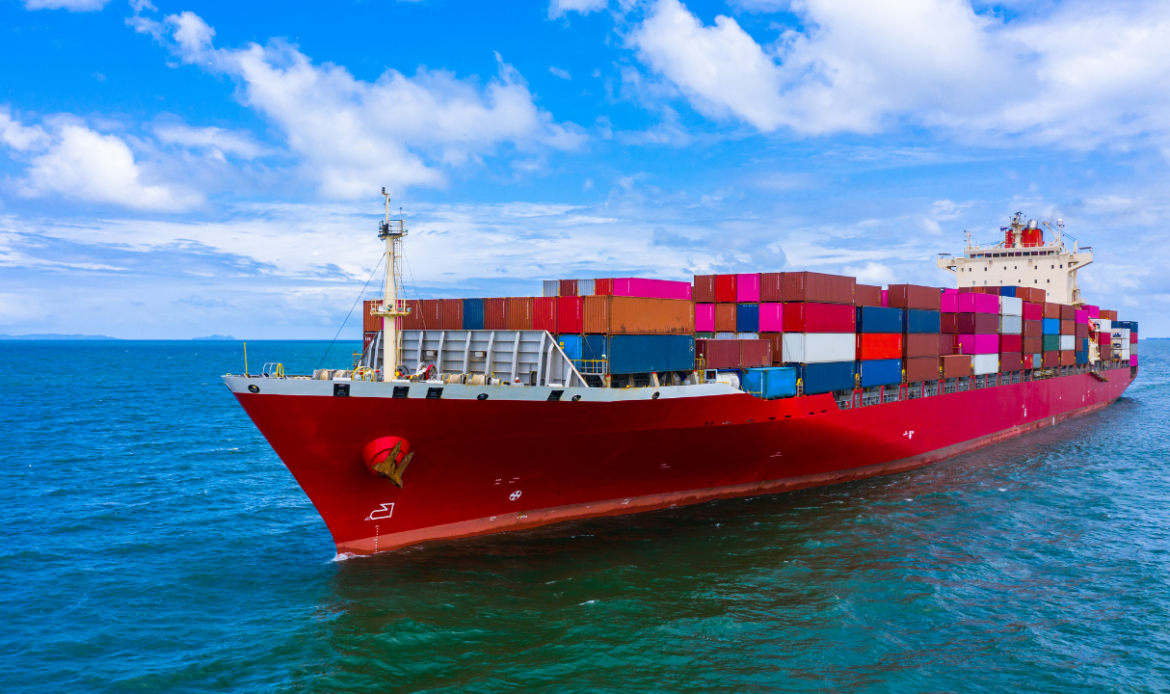
Shipping goods across countries plays a vital role in global trade, but keeping costs under control can be challenging for both individuals and businesses. If you’re planning to ship from India to Dubai, understanding sea cargo rates from India to Dubai is important, as sea freight is often the most cost-effective option.
With competitive sea freight rates and a range of shipping options, it’s possible to save significantly on shipping costs. This guide shows you how to save on sea cargo rates from India to Dubai, with key tips, cost factors, and ways to ensure timely delivery.
Why Choose Sea Cargo?
Before sharing cost-saving tips, let’s first understand why sea freight is the preferred shipping method from India to the UAE over air freight.
- Cost-Effective: Sea freight is generally more affordable than air freight, especially for large or heavy shipments.
- Flexible Shipping Options: With ocean freight, there’s flexibility in terms of container sizes, transit schedules, and door-to-door delivery services.
- Capacity for Larger Shipments: Unlike air freight, sea cargo allows you to ship bulk goods without exceeding weight limits.
- Environmental Impact: Sea freight tends to have a lower carbon footprint compared to air freight, making it a more sustainable choice.
However, to make sea cargo a truly viable and cost-effective option, you must understand what drives freight rates and how you can reduce them.
Factors Affecting Sea Cargo Rates from India to Dubai
Several factors influence sea cargo rates from India to Dubai, and understanding them is key to saving on shipping costs.
1. Shipping Distance and Transit Time
The transit time for sea freight from India to Dubai typically ranges from 5 to 10 days, depending on the shipping route, port congestion, and customs clearance. The shorter the transit time, the higher the freight costs may be.
For example, shipping to Jebel Ali may cost less than other places because it has modern facilities and runs efficiently.
2. Freight Volume and Weight
Freight shipping costs are largely based on either the volume or the weight of your shipment, whichever is higher. Full Container Load (FCL) may offer cost savings for large shipments, while Less than Container Load (LCL) is ideal for smaller consignments.
3. Port Handling Fees
Different ports in the UAE, including Dubai and Abu Dhabi, have varying port charges, which can impact overall freight rates. Handling customs clearance and documentation professionally can help avoid delays and additional fees.
4. Seasonal Demand
Shipping costs tend to fluctuate based on seasonal trends. For example, peak trade seasons and holidays can drive up demand for freight space, leading to higher costs. Planning can help avoid premium rates during peak periods.
5. Type of Cargo
Specialized cargo, such as refrigerated or hazardous materials, may require specific handling, leading to higher rates. Identifying whether your shipment from India requires any special conditions can help forecast costs accurately.
6. Customs and Taxes
Navigating customs processes smoothly is crucial. Delays caused by incomplete or inaccurate documentation can increase shipping costs. Efficient customs clearance is especially important when shipping bulky or high-value goods from India to Dubai.
Tips to Save on Sea Cargo Rates
Now that you understand what impacts the cost of sea freight, here are actionable tips to make shipping more affordable:
1. Plan Shipments in Advance
Planning allows you to take advantage of lower freight rates, especially during off-peak times. Advanced booking also ensures access to a variety of shipping options, helping you find the most economical one.
2. Optimize Your Cargo Size
Consolidate shipments whenever possible to maximize container space. Using FCL for larger shipments can offer significant savings compared to multiple LCL shipments.
3. Compare Freight Rates
Freight shipping companies often have varying rates based on agreements with different carriers. Compare multiple quotes to find the most competitive price. A slight difference in rates per kilogram can result in substantial savings for large shipments.
4. Choose the Right Shipping Port
Shipping to or through highly efficient ports like Jebel Ali can reduce both shipping costs and transit time. If possible, opt for direct routes to avoid additional port transfer charges or delays.
5. Work with Experienced Freight Forwarders
Partnering with a reliable logistics provider can ensure a seamless shipping experience. Freight forwarders often have established agreements with carriers, giving you access to discounted rates.
6. Negotiate Long-Term Contracts
If you’re shipping frequently from India to Dubai, negotiate long-term contracts with carriers for better freight rates. Consistent business is often rewarded with discounts and priority services.
7. Consider Door-to-Door Delivery
While door-to-door delivery may appear more expensive initially, it can save you money when you calculate the costs of transportation, customs clearance, and other logistics separately.
8. Leverage Technology
Use digital freight management platforms to track freight shipping, anticipate delays, and optimize routes for timely deliveries. Transparency in logistics reduces unnecessary expenses.
9. Streamline Packaging
Choose lightweight, durable packaging to avoid weight-based surcharges. Optimized packaging can also reduce the overall volume of your shipment, further cutting costs.
10. Stay Updated on Shipping Regulations
Stay informed about import/export regulations when shipping to the Middle East. Ensuring compliance minimizes the risk of fines or penalties that may inflate shipping costs.
How Sea Cargo Supports Timely Deliveries
Time is an important consideration when planning international shipping, especially for businesses reliant on timely product availability. Sea freight takes longer than air freight, but with the right carrier and planning, shipments from India can still arrive on time in Dubai or Abu Dhabi.
Key elements to ensure timely deliveries include:
- Choosing direct shipping routes.
- Prioritizing efficient customs clearance.
- Staying informed about potential delays, like port congestion or weather disruptions.
With proper planning, sea cargo can balance cost and reliability, supporting smooth operations and satisfied customers.
Comparing Shipping Options
While sea freight is an excellent choice for bulk or heavy shipments, it’s important to compare it with other options like air freight. Air freight shipments are faster but significantly more expensive.
However, combining both options strategically can be beneficial. For example, shipments requiring urgent delivery can be sent via air, while non-urgent goods can go by sea freight.
Final Thoughts
Shipping from India to Dubai doesn’t have to drain your budget. Knowing how sea cargo rates from India to Dubai are calculated—and using tips like combining shipments, planning early, and understanding customs—can help you save money. Focus on balancing cost, speed, and reliability to ensure your goods reach the UAE on time and within budget.
Are you ready to simplify your shipping experience and cut down on costs? Discover reliable, cost-effective shipping solutions with door-to-door delivery and impeccable service. Visit Universal Relocations today to get started!

 800-13-7356
800-13-7356
